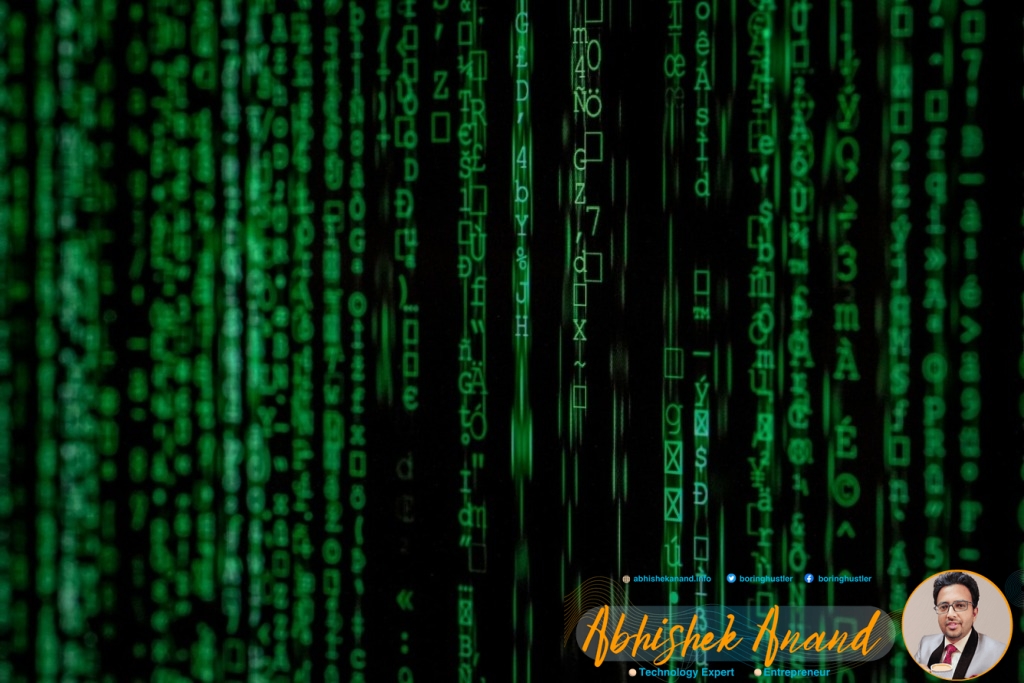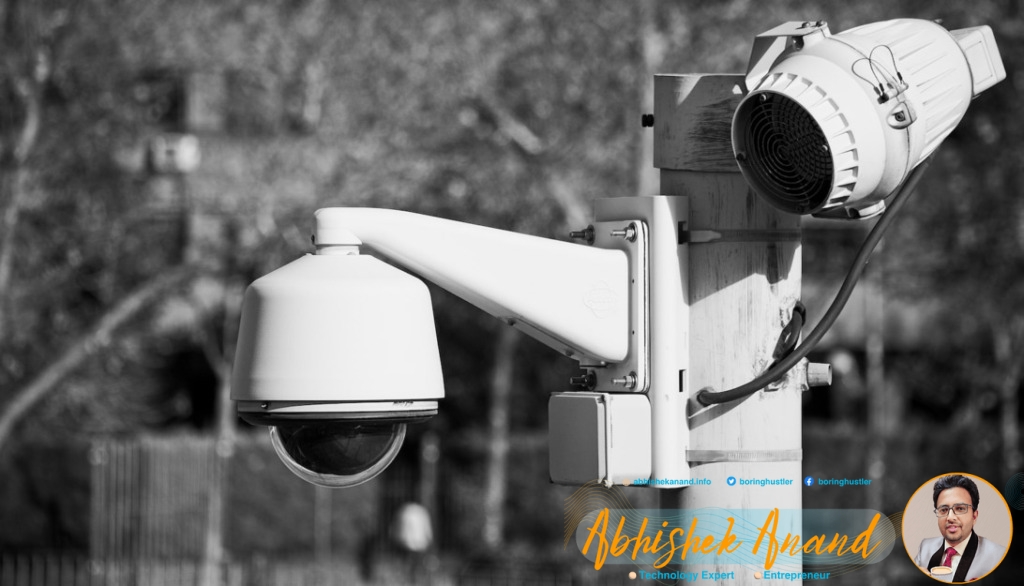As businesses increasingly turn to cloud-based software-as-a-service (SaaS) solutions for their day-to-day operations, ensuring the security and privacy of sensitive data has become a top priority. SaaS offers many benefits, including cost savings, scalability, and ease of use, but these advantages come with inherent risks that must be addressed through a comprehensive security strategy.
In this article, we will explore the importance of SaaS security and the steps that businesses can take to protect their data in the cloud. We will examine the risks associated with SaaS adoption and discuss key elements of an effective security plan, including network security, access control, vendor responsibilities, monitoring and alerting systems, and continuous improvement processes. By implementing a robust SaaS security strategy that addresses these critical areas of concern, businesses can rest assured that their data is protected from unauthorized access or disclosure.

Overview of SaaS and its growing popularity in business
The rising prevalence of Software as a Service (SaaS) has become a prominent trend in modern business operations, with its advantages ranging from cost efficiency to flexibility and scalability. Many businesses are adopting SaaS solutions due to the benefits it offers, such as lower costs for software acquisition and maintenance, faster deployment times, automatic updates, and increased accessibility.
However, there are also challenges associated with SaaS adoption that organizations must consider. One major challenge is the impact on IT infrastructure. Adopting SaaS solutions requires significant changes to IT architecture and processes. Companies must ensure that their existing systems can integrate with new cloud-based services seamlessly.
Moreover, organizations need to understand the risks associated with SaaS solutions before making any decisions. While SaaS providers may offer some level of data protection and security features, companies still need to take responsibility for their data privacy and protection requirements. Therefore, it is critical for businesses to evaluate their security needs carefully when considering SaaS adoption. With this in mind, let’s delve deeper into understanding the risks associated with SaaS solutions.
Understanding the Risks Associated with SaaS
Surprisingly, many users fail to recognize the potential hazards that come with adopting cloud-based software. While SaaS offers numerous benefits, it also poses significant risks to data protection and privacy. Here are three key risks associated with SaaS:
Data breaches: With SaaS, sensitive information is stored on remote servers managed by third-party providers, increasing the likelihood of data breaches. Cybercriminals can exploit system vulnerabilities or use social engineering tactics to gain unauthorized access to confidential data.
Cyber attacks: SaaS applications are vulnerable to cyber attacks such as malware infections, phishing scams, and denial-of-service (DoS) attacks. These types of cyber threats can disrupt essential business operations and cause significant financial losses.
Lack of control over data: When businesses rely on SaaS providers for data storage and management, they give up some control over their critical information. This lack of control makes it challenging to ensure compliance with regulatory requirements and protect against data misuse.
To mitigate these risks, businesses need a comprehensive SaaS security strategy that addresses potential threats proactively. A robust security strategy should include measures like encryption protocols, multi-factor authentication mechanisms, regular vulnerability assessments, and employee training programs to educate them about cybersecurity best practices. By implementing a comprehensive security approach tailored explicitly for their needs, businesses can minimize the risk of cyber attacks and safeguard their sensitive information in the cloud environment effectively.
The Importance of a Comprehensive SaaS Security Strategy
Interestingly, many users fail to recognize the significance of developing a comprehensive strategy for mitigating risks associated with adopting cloud-based software. A well-designed SaaS security plan should include various measures such as training employees on how to identify and respond to potential security breaches, allocating a budget for Saas security measures, and updating policies frequently to adapt to changing threats. These strategies can help organizations avoid data breaches that could result in significant financial loss or damage to their reputation.
One key element of an effective SaaS security plan is training employees on best practices for identifying and responding to potential security threats. This means educating staff members on how to identify phishing scams, using strong passwords, avoiding public Wi-Fi when accessing sensitive information, and other essential cybersecurity protocols. By providing regular training sessions, companies can ensure that their employees are aware of the latest security threats and have the tools they need to protect themselves and their organization’s data.
Another important consideration for any SaaS security plan is budgeting. Organizations must allocate sufficient resources towards implementing robust cybersecurity measures such as firewalls, antivirus software, and intrusion detection systems. Additionally, it is vital to invest in ongoing maintenance and testing of these systems regularly. By dedicating funds towards Saas security measures upfront rather than treating it as an afterthought can save companies from costly data breaches down the line.
Developing a comprehensive SaaS security strategy is crucial for any organization that uses cloud-based software solutions. Training employees on best practices for identifying and responding to potential threats along with budgeting appropriately can mitigate risks significantly while ensuring data protection and privacy in the cloud environment. In the next section about network security, we will explore specific steps that organizations can take when designing an effective network infrastructure that supports secure remote access while safeguarding against external attacks.

Network Security
Like the walls of a fortress protecting its inhabitants from invading forces, network security is crucial in safeguarding an organization’s digital assets against external threats. A significant aspect of network security involves firewall implementation to control and monitor incoming and outgoing traffic. Firewalls are hardware or software-based tools that analyze network traffic based on predefined rules and policies to determine whether to allow or block access. In addition, firewalls also help identify potential vulnerabilities within the network infrastructure that can be exploited by malicious actors.
Another essential component of network security is intrusion detection, which involves monitoring networks for suspicious activities that may indicate unauthorized access attempts or attacks. Intrusion detection systems (IDS) use various techniques such as signature-based detection, anomaly-based detection, and behavior-based detection to identify potential threats. IDS can be deployed as standalone systems or integrated with other security tools such as firewalls to provide comprehensive protection against cyber threats.
Organizations must prioritize network security measures such as firewall implementation and intrusion detection to protect their digital assets from external threats. These measures must also be continually reviewed and updated to address new vulnerabilities and emerging cyber threats effectively. The next subtopic will discuss another critical aspect of SaaS security – access control – which complements network security by providing granular control over user permissions and data access rights.
Access Control
Access control is a fundamental aspect of IT security that plays a critical role in maintaining the confidentiality, integrity, and availability of organizational resources. Identity management is an essential component of access control, which involves identifying users and managing their digital identities. The process of identity management includes creating user accounts, assigning access privileges, monitoring user activity, and revoking access when necessary.
Authentication protocols are another crucial aspect of access control that ensures only authorized users can gain access to organizational resources. Authentication protocols verify the identity of users seeking to log in or use a particular resource by requiring them to provide valid credentials such as usernames and passwords. Multi-factor authentication (MFA) is becoming increasingly popular as it provides an additional layer of protection by requiring users to provide additional authentication factors such as biometric data or tokens.
Effective access control requires organizations to implement robust identity management practices and authentication protocols. These measures help prevent unauthorized access to sensitive information while ensuring that legitimate users have appropriate levels of access. The next step in securing organizational data is through the implementation of data encryption techniques that protect against unauthorized interception or theft during transmission or storage.

Data Encryption
One way to safeguard sensitive information from unauthorized interception or theft is through the use of data encryption, which can be compared to locking valuable items in a secure safe. Encryption methods involve converting plain text into an encoded format that only authorized parties can decipher. This process ensures that even if an attacker intercepts encrypted data, they will not be able to read it without the decryption key.
Encryption methods offer various levels of security, and organizations must choose the most appropriate method based on their needs and regulatory requirements. Data privacy regulations such as the General Data Protection Regulation (GDPR) require organizations to implement adequate technical and organizational measures to protect personal data. Encryption is one of the recommended measures for ensuring the confidentiality, integrity, and availability of personal data.
Data encryption plays a crucial role in protecting sensitive information stored in cloud environments from unauthorized access or theft. Organizations should carefully assess their encryption needs and select appropriate encryption methods while complying with relevant data privacy regulations. The next section will discuss compliance strategies for ensuring adherence to these regulations.
Compliance
Compliance strategies are essential for organizations to ensure adherence to data privacy regulations and protect sensitive information. Regulatory requirements vary across industries and jurisdictions, making it crucial for companies to stay informed of changes in these regulations. Compliance measures can include regular audits, documentation of policies and procedures, employee training programs, and risk assessments. These measures not only help organizations prepare for potential audits but also demonstrate a commitment to protecting customer data.
Maintaining audit readiness is a critical component of compliance efforts. Regularly scheduled audits can help organizations identify areas where they may be falling short in terms of regulatory compliance or security best practices. Conducting internal audits can also help organizations identify vulnerabilities before they are exploited by malicious actors. By implementing regular audit processes, companies can ensure that their security controls remain effective over time.
Compliance is an important aspect of Saas security as it helps organizations meet regulatory requirements and protect sensitive information from unauthorized access or disclosure. To maintain compliance standards, companies must develop robust policies and procedures that address the specific needs of their industry and jurisdiction. Regular auditing processes are also necessary to assess the effectiveness of existing controls continually. The next section will explore vendor security responsibilities in more detail.
Vendor Security Responsibilities
The responsibility for safeguarding sensitive information extends beyond an organization’s internal controls, and vendors play a crucial role in maintaining security standards. As more businesses move to the cloud, third-party accountability becomes increasingly important. In the case of SaaS, vendors are responsible for ensuring that their platform is secure and that customer data is protected.
One way to ensure that vendors fulfill their security obligations is through contract negotiation. Businesses should require vendors to specify which security measures they have in place and how they plan to keep up with evolving threats. Organizations should also establish clear communication channels with vendors, so they can quickly address any issues or concerns related to data protection.
Vendor security responsibilities are essential for maintaining SaaS security standards. By holding vendors accountable and establishing open communication channels, businesses can reduce the risk of data breaches and other cybersecurity incidents. However, while vendor compliance is critical, it is only one part of a broader approach to cloud security. In the next section, we will explore business security responsibilities in greater detail.
Business Security Responsibilities
In the previous subtopic, we discussed vendor security responsibilities. While vendors are responsible for ensuring the safety and security of their cloud infrastructure, businesses also have a critical role to play in protecting their data in the cloud. In this section, we will delve into business security responsibilities in SaaS environments.
One of the primary business security responsibilities is employee training. Businesses must ensure that all employees who access sensitive data and systems understand how to use them securely. This includes training on best practices such as creating strong passwords, identifying phishing attempts, and avoiding public Wi-Fi networks when accessing sensitive information.
Another crucial responsibility for businesses is incident response planning. Even with robust preventive measures, incidents may still occur that threaten data privacy and protection. Therefore, it’s essential to have an incident response plan in place that outlines procedures for detecting and responding to incidents promptly.
To achieve these objectives effectively, businesses can consider implementing the following measures:
Conducting regular employee training sessions on cybersecurity practices
Developing an incident response plan that details procedures for identifying, containing, eradicating threats
Creating a culture of cybersecurity awareness across all levels of the organization
As we transition into the next section about monitoring and alerting, it’s worth noting that while prevention is crucial in securing SaaS environments, proactive monitoring is equally important since attacks can occur even with best preventive measures in place.

Monitoring and Alerting
Proactive monitoring and timely alerting are critical components of a robust security strategy that helps businesses identify and respond to potential threats quickly. Real-time monitoring enables organizations to keep an eye on their systems, networks, and applications continuously. It involves collecting data from various sources, such as log files, system events, network traffic, user behavior, and application activity. With real-time monitoring in place, businesses can detect anomalies or suspicious activities promptly and investigate them before they escalate into serious security incidents.
Automated alerts complement real-time monitoring by notifying security teams or relevant stakeholders when certain events occur. Alerts can be configured based on predefined rules that trigger specific actions when specific conditions are met. For example, an alert may be triggered when someone tries to access a sensitive file without authorization or when an unusual amount of network traffic is detected. Automated alerts help reduce response time by providing quick notification about potential security threats.
Real-time monitoring and automated alerts play a crucial role in strengthening the overall security posture of businesses operating in the cloud environment. These measures enable organizations to detect threats early on and take appropriate action before they cause significant damage. However, continuous improvement is also necessary to ensure that these tools remain effective against new types of attacks that emerge over time.
Continuous Improvement
To stay ahead of potential security threats in the ever-evolving landscape of technology, businesses must continuously sharpen their sword through regular updates and patches. This approach is commonly known as continuous improvement and is essential in ensuring that cloud-based systems remain secure. Security automation is a key aspect of continuous improvement, whereby organizations integrate automated tools that can identify and respond to anomalies in real-time.
The use of threat intelligence feeds into this process by providing companies with up-to-date information about potential security risks. With this information, IT teams can assess vulnerabilities and take proactive measures to mitigate them before they are exploited by malicious actors. By leveraging threat intelligence, organizations can also customize their defenses based on specific threats relevant to their industry or geography.
Implementing a continuous improvement strategy that includes security automation and threat intelligence is vital for businesses seeking to protect data privacy and ensure the integrity of cloud-based systems. Regularly updating software applications, integrating automated security tools, and monitoring threat intelligence feeds help organizations stay one step ahead of cybercriminals and reduce the risk of costly data breaches. As technology continues to evolve at a rapid pace, it is essential for businesses to adopt these best practices to maintain an effective defense against emerging cybersecurity threats.
Conclusion
In conclusion, SaaS security is a critical component of any business strategy that involves cloud computing. The risks associated with SaaS can be mitigated through the implementation of a comprehensive security strategy that includes network security, access control, vendor and business security responsibilities, monitoring and alerting, as well as continuous improvement.
Like a fortress protecting its inhabitants from external threats, an effective SaaS security strategy safeguards data from unauthorized access or malicious attacks. It ensures that sensitive information remains confidential and secure at all times throughout its lifecycle in the cloud. Therefore, businesses must prioritize their investment in robust SaaS security measures to mitigate potential risks and enhance their overall data protection efforts. As such, leveraging the right tools and technologies can help organizations maintain compliance with regulatory requirements while also providing peace of mind to stakeholders and customers alike.

